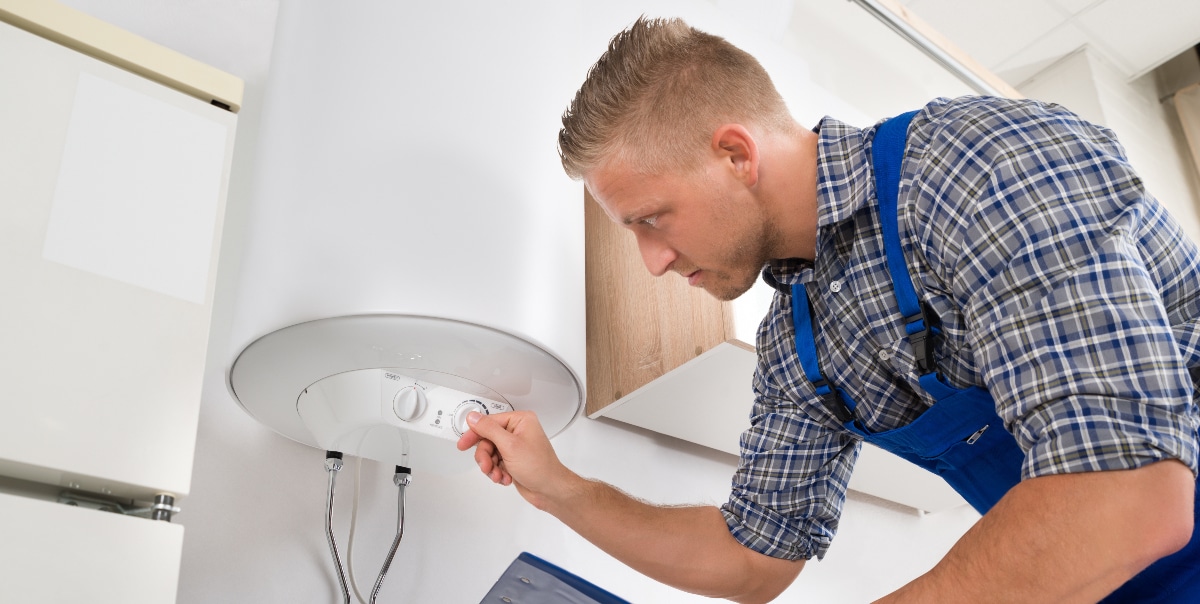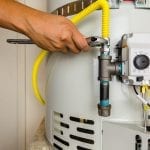What are your opinions on What Kind of Maintenance Do Water Heaters Need??

Warm water is vital for daily comfort, whether it's for a revitalizing shower or washing recipes. To ensure your warm water system runs efficiently and lasts much longer, regular maintenance is vital. This article supplies practical suggestions and insights on exactly how to keep your home's hot water system to prevent interruptions and costly repair services.
Intro
Preserving your home's warm water system may appear difficult, however with a couple of simple actions, you can ensure it operates efficiently for years to find. This overview covers everything from recognizing your warm water system to DIY upkeep ideas and recognizing when to hire specialist assistance.
Value of Maintaining Your Hot Water System
Routine upkeep not just extends the life-span of your warm water system but additionally ensures it operates successfully. Neglecting maintenance can result in decreased effectiveness, higher energy expenses, and also early failing of the system.
Indications Your Warm Water System Requirements Upkeep
Recognizing when your warm water system requires focus can prevent major issues. Watch out for signs such as inconsistent water temperature, odd noises from the heating system, or corroded water.
Purging the Water Heater
Flushing your water heater removes sediment buildup, enhancing efficiency and extending its life.
Checking and Replacing Anode Rods
Anode rods prevent corrosion inside the container. Examining and replacing them when broken is essential.
Complicated Issues Requiring Professional Help
Instances consist of major leaks, electrical problems, or if your water heater is continually underperforming.
Routine Professional Upkeep Benefits
Specialist upkeep can include extensive evaluations, tune-ups, and guaranteeing compliance with safety and security standards.
Inspecting and Adjusting Temperature Level Setups
Changing the temperature settings guarantees optimal efficiency and security.
DIY Tips for Upkeep
You can do several maintenance tasks yourself to maintain your warm water system in top problem.
Checking for Leakages
Consistently examine pipelines and links for leaks, as these can result in water damage and higher costs.
Recognizing Your Warm Water System
Before diving right into maintenance jobs, it's valuable to understand the basic parts of your hot water system. Typically, this consists of the hot water heater itself, pipes, anode poles, and temperature controls.
Regular Monthly Upkeep Tasks
Routine month-to-month checks can assist capture minor concerns before they intensify.
Testing Stress Relief Valves
Checking the pressure safety valve ensures it operates properly and prevents extreme stress accumulation.
Shielding Pipes
Shielding hot water pipelines decreases warmth loss and can save power.
When to Call a Professional
While DIY upkeep is useful, some concerns require expert proficiency.
Final thought
Normal upkeep of your home's hot water system is necessary for efficiency, long life, and cost savings. By complying with these pointers and knowing when to seek expert aid, you can make sure a reliable supply of hot water without unforeseen interruptions.
How to Maintain an Instant Hot Water Heater
Before tinkering with your hot water heater, make sure that it’s not powered on. You also have to turn off the main circuit breaker and shut off the main gas line to prevent accidents. Also turn off the water valves connected to your unit to prevent water from flowing into and out of the appliance. 2. When you’re done, you have to detach the purge valves’ caps. These look like the letter “T†and are situated on either side of the water valves. Doing so will release any pressure that has accumulated inside the valves while at the same time avoid hot water from shooting out and burning your skin. 3. When the purge valves’ caps are removed, you have to connect your hosing lines to the valves. Your unit should have come with three hoses but if it didn’t, you can purchase these things from any hardware or home repair shops. You can also get them from retail stores that sell water heating systems. Read the user’s manual and follow it to complete this task properly. When the hosing lines are connected, open the purge port’s valves. 4. You should never use harsh chemical cleaners or solutions when cleaning your unit. Make use of white vinegar instead. It should be undiluted and you’ll probably use about 2 gallons. 5. Now flush your water heater. This task should probably take about 40 minutes. We can’t give you specific directions for this because the procedure is carried out depending on the type, model and brand of your heater. With that being said, refer to the user’s manual. 6. When you’re done draining the unit, you have to turn off the purge port valves again. Remove the hosing lines that you earlier installed on each of the water valves. Put the valve caps (purge port) back in their respective places and be very careful so as not to damage the rubber discs that are found inside these caps. 7. Now that everything’s back in place, check your user’s manual again to find out how to reactivate your water heating system. 8. Once it is working, turn one of your hot water faucets on just to let air pass through the heater’s water supply pipes. Leave the tap on until water flows smoothly out of it. https://www.orrplumbing.com/blog/2014/september/how-to-maintain-an-instant-hot-water-heater/

We were introduced to that write-up on Tips For Maintaining Your Hot Water Heater from a friend on another site. Sharing is good. You never know, you may be doing someone a favor. Thank-you for taking the time to read it.
Call Today